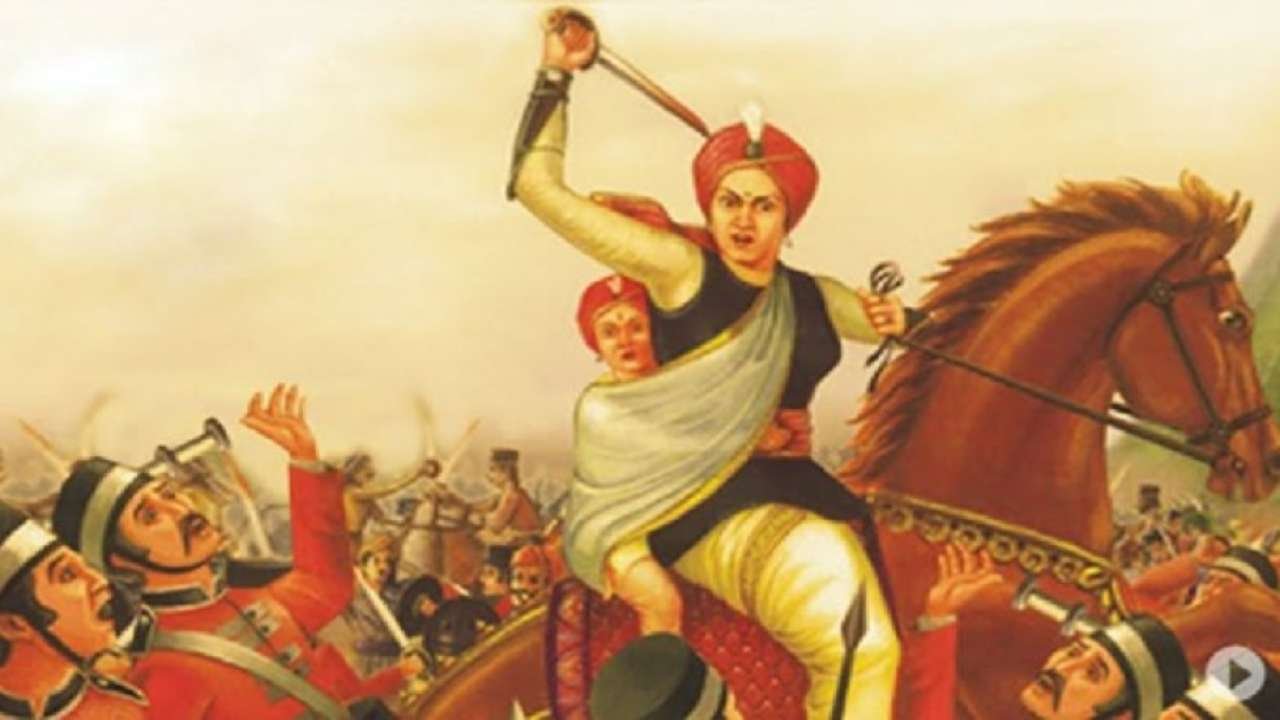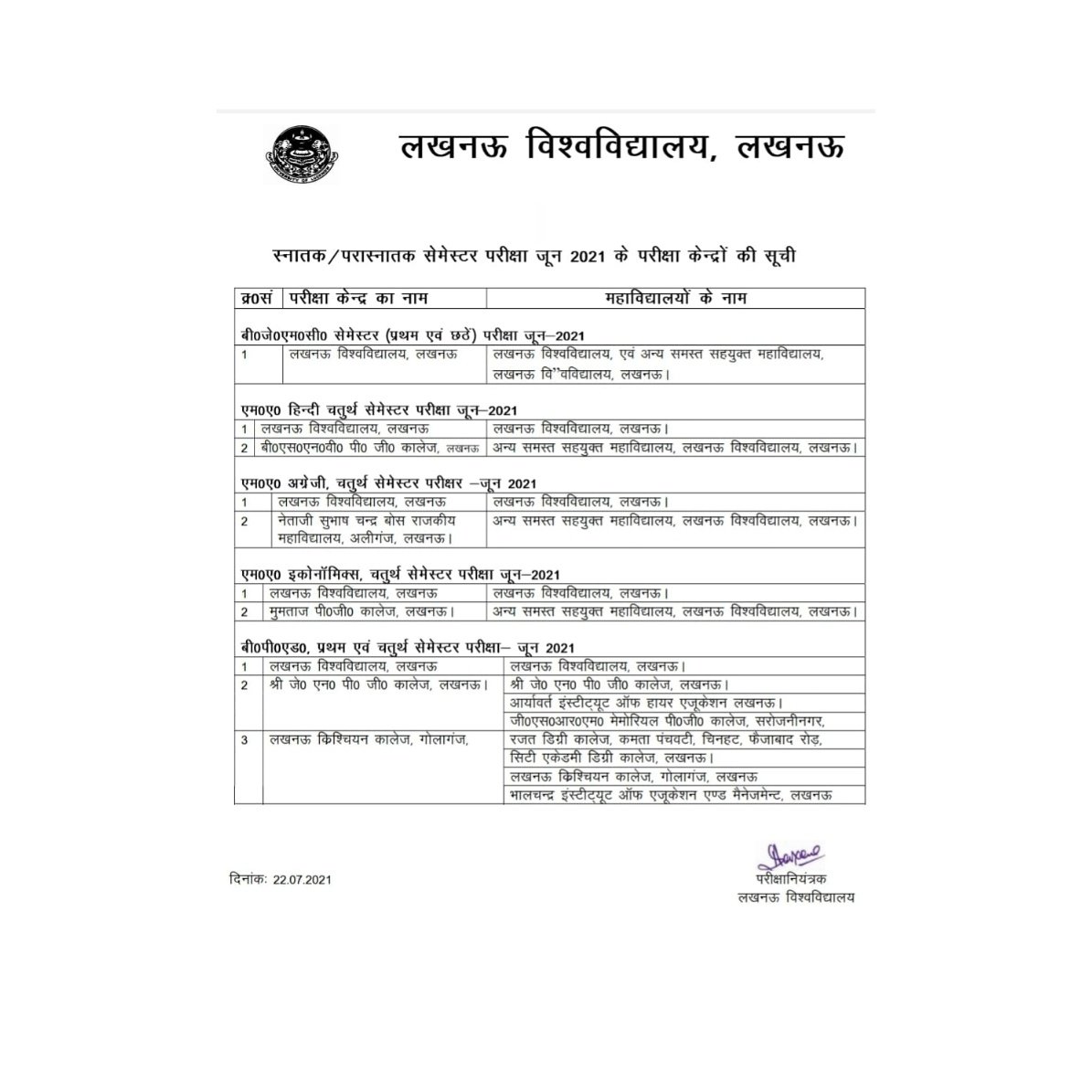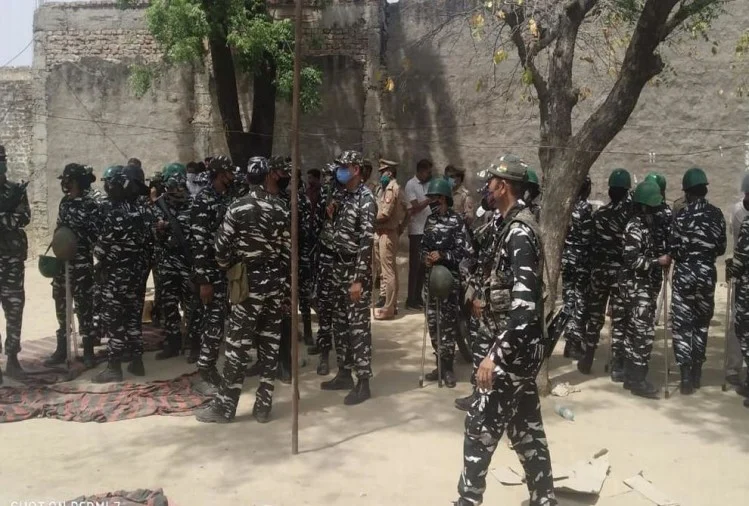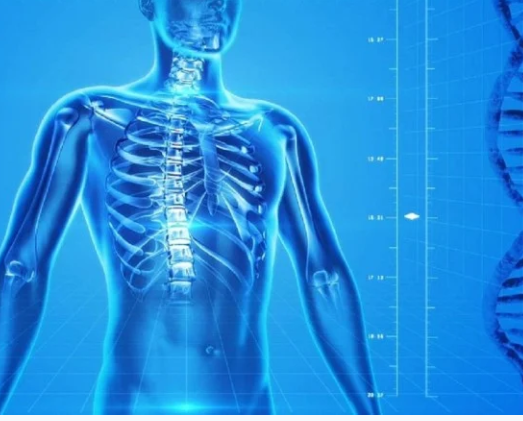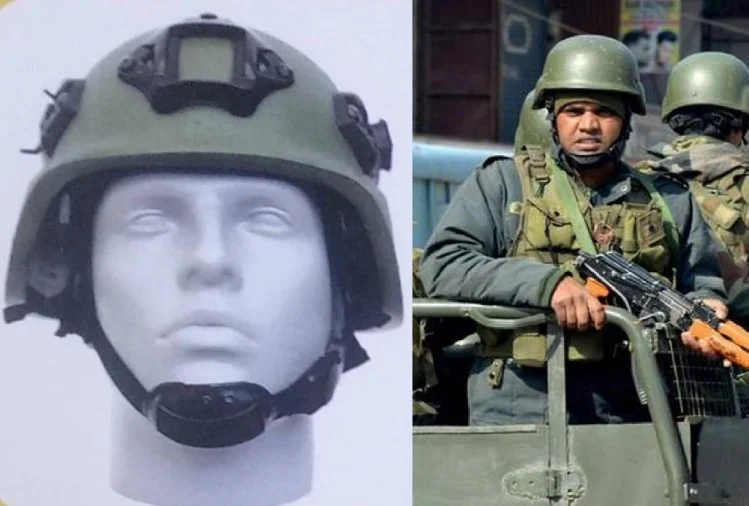An ideal saved lion cub discovered frozen inside a collapse Siberia has been affirmed as a female that kicked the bucket just about 28,000-years-prior, as indicated by specialists.
An examination into the animal’s remaining parts uncovered that it is a standout amongst other saved ice age creatures that has been at any point found.
The cub has been nicknamed Sparta by the group of specialists from the Center for Palaeogenetics, Stockholm, Sweden.
The cavern lion was found with her teeth and skin flawless. Her delicate tissue and organs were totally embalmed however they were not in a condition of rot. Amazingly, its hide was additionally tangled with mud.
The specialists, who discovered the offspring in full permafrost state, said she was only two months at the hour of death.
It was initially felt that Sparta was in good company in the cavern when she kicked the bucket. She was one of the two lions, who were initially thought to be kin in the wake of being found only 49 feet from one another.
However, another examination uncovered that Sparta had kicked the bucket 15,000 years after the fact than the other cub, which was named Boris. He was the more seasoned offspring, as indicated by radiocarbon dating.
This CAVE LION cub is arguably the best preserved #iceage animal ever found!
It's name is Sparta.
In a paper published today with colleagues from 🇷🇺 🇯🇵 & 🇫🇷, we use DNA & 14C to show that it's a female cub that died c 28,000 years ago.
Read more here:https://t.co/Vc2VI7VFfJ pic.twitter.com/NkXTFCvsyB
— Centre for Palaeogenetics (@CpgSthlm) August 4, 2021
The two cubs were found in eastern Siberia somewhere in the range of 2017 and 2018.
Outputs by the Japanese and Russian analysts uncovered that both the offspring were killed by a hunter. Strangely, they didn’t have any skull, ribs, or tissue harm.
“Sparta is likely the best-saved Ice Age creature at any point found and is pretty much intact separated from the hide being a bit unsettled. She even had the bristles safeguarded. Boris is a bit more harmed, yet very great,” Love Dalen, a teacher of transformative hereditary qualities at the Center for Palaeogenetics and a creator of the investigation, said in a public statement.
“Given their protection, they probably been covered rapidly. So perhaps they kicked the bucket in a landslide or fell into a break in the permafrost. Permafrost shapes huge breaks because of occasional defrosting and freezing,” she added.


























































































































































































































































































































































































































































































































































